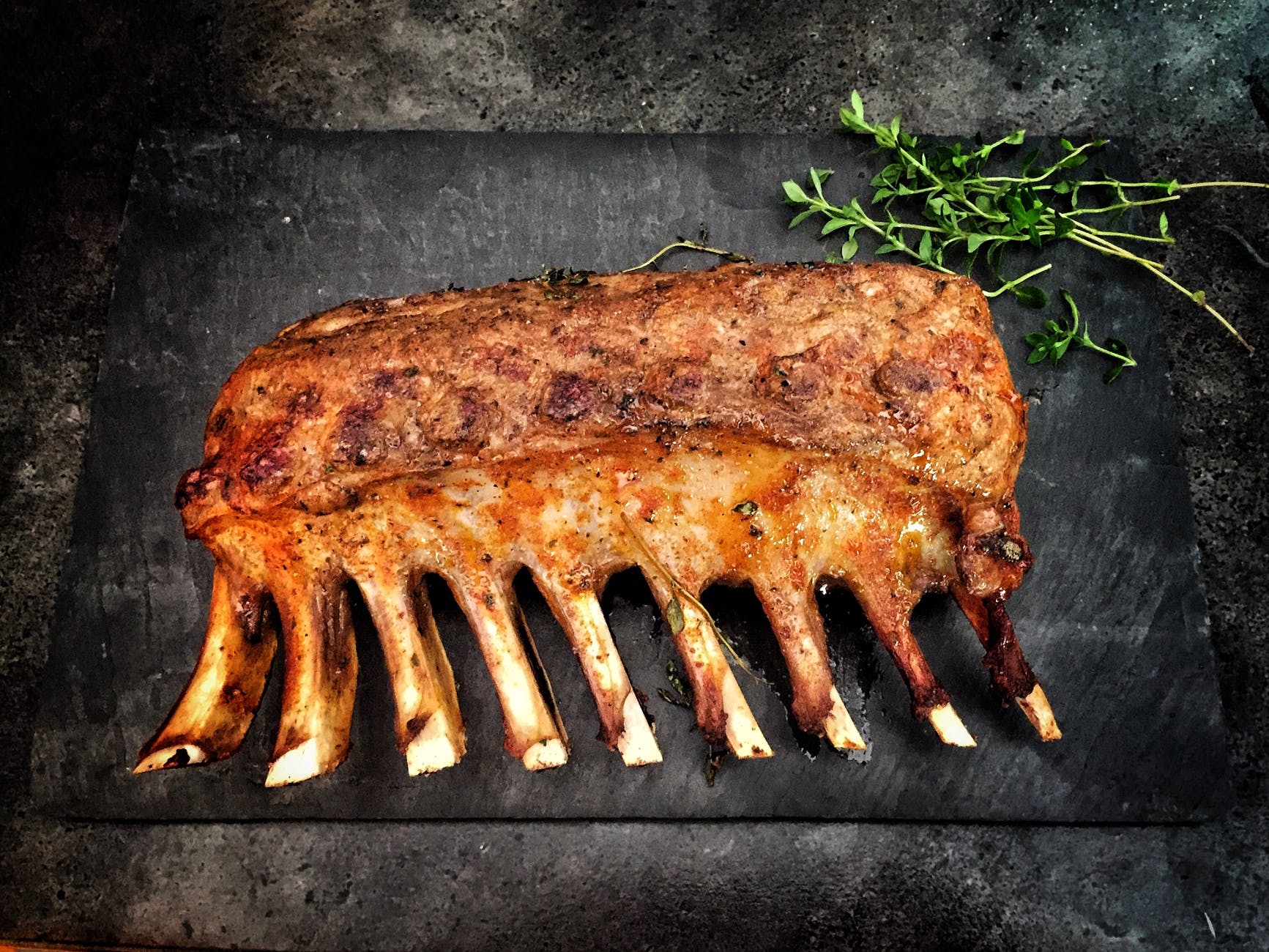For health, aesthetic or other reasons, we may want to combine our physical exercise with a diet that helps to increase muscle mass. How do you do it?
Volume and muscle mass are not the same
First of all, it is important to learn to differentiate these two terms. The volume or bodyweight is given by the amount of body fat and by the percentage of muscle mass. Therefore it is possible to grow in volume, but this does not imply muscle growth.
When we want to increase our body volume we resort to hypercaloric diets, which entail a daily calorie intake slightly above our energy needs.
For example: if my average daily energy expenditure is 2000 kcal, a hypercaloric diet would be one where every day I consume about 2,200 kcal.
These types of diets tend to be more frequent in situations of malnutrition or marked thinness, where the urge is to gain weight.
How to increase muscle mass?
The brick that builds muscle, as most of you already know, is protein. However, it will be useless to swell up on protein if it is not accompanied by physical exercise. So if we want to gain muscle mass, we will have no choice but to join the gym or do another sport that involves working with high loads of weight.
What should a diet be like to gain muscle mass?
Something that we must be very clear about is that more protein does not mean more muscle mass. One of the biggest atrocities that are committed in this regard is abusing protein intake.
Our body does not have protein deposits, therefore, if we consume more protein than we can use, the liver will have to do extra work that in the long run can be extremely harmful to health.
In any case, if you are going to eat a hyper protein diet, it is very important that you increase your water consumption since this is the main source of detox that our pancreas and liver have.
How much protein should I take then?
The consumption indicated for the normal population is 0.8 grams of protein for each kilogram of our body weight.
Example: If I weigh 70 kg, I should take about 56 grams of protein a day.
In the case of muscle growth, we could increase this protein intake between 1.2 grams and 1.5 grams of protein for each kilogram of our weight. Above 1.5 is indicated for elite athletes and weightlifting professionals. We must never exceed 2.2 grams of protein.
A hypercaloric diet to increase muscle mass?
It is possible, but it is usually more difficult. The point is that to grow muscle we need an extra supply of energy, but also carbohydrates since these are our essential sources of energy. If we decide to do without them in order to reduce our caloric intake, it is very possible that our body begins to look for that same energy in other macronutrients such as fats and proteins.
Finally, we will be using proteins as an emergency measure in the face of energy deficit, instead of contributing to their usual functions. Also, a low carbohydrate intake promotes tissue catabolism.
Note: Muscle growth is not always accompanied by a pronounced change in physical appearance, that will largely depend on the type of training we are taking and the muscle fibers that we are stimulating.
Which is better, to use animal or vegetable protein?
Animal protein is considered high quality, while vegetable protein is low quality. This does not mean that it is bad, but that vegetable protein does not contain the 9 essential amino acids that animal protein does.
If we want to take vegetable protein, all we have to do is ensure protein complementarity, that is, consume different products with vegetable protein which, in the calculation of the global count, provide us with all the essential amino acids.
Vegetable protein supplements usually come from soybeans and animals from whey. Other studies have shown the effectiveness of consuming casein before bed to promote muscle anabolism.
When is it more advisable to eat protein?
Protein intake should be distributed throughout the day, with special emphasis on the half-hour after training, since by breaking muscle fibers we are opening a perfect anabolic window for muscle rebuilding.
The best way to gain muscle mass is to be patient and not be tempted to carry out iatrogenic behaviors, influenced by our coach or partner on duty, and his worked for me.
If we train properly and eat a balanced diet with a slightly increased dose of protein, we will grow.
How we can do our hyperprotein diet
We will have to calculate the number of proteins that we should consume based on what is described in previous paragraphs. From there, all we have to do is make sure that we integrate that extra protein intake into a healthy diet that meets all nutritional needs.
It is important to remember that eating a high protein diet does not mean neglecting the rest of the nutrients.
High protein foods
If you are one of those who prefer not to have to resort to supplementation and want to receive that extra supply of protein through direct consumption of food, you can consult the following list of foods rich in protein that will help you gain muscle mass.
* grams of protein per 100 grams of each food
Dairy products
– Whole milk (3,2)
– Semi-skimmed milk (3.5)
– Skimmed milk (3,4)
– Soy milk (3.3)
– Yogurt (3.3)
– Burgos cheese (24)
– Cottage cheese (11)
Eggs
– Egg white (11)
– Egg yolk (16)
Meats
– Chicken (22.4)
– Turkey (22)
– Rabbit (21.2)
Fish
– Tuna (21.5)
– Cod (29)
– Salmon (18.4)
– Sepia (14)
– Sea bass (16.6)
– Hake (17)
– Sardines (23.4)
Seafood
– Prawn (17.4)
– Mussel (11.7)
– Octopus (10.6)
– Prawn (13.6)
Vegetables
– Brussels sprouts (4.2)
– Cauliflower (3,2)
– Asparagus (3.6)
– Spinach (3,4)
– Broad bean (4.1)
– Mushroom (4.1)
– Truffle (6)
Fruits
– Coconut (3.5)
– Avocado (1.9)
Nuts
– Almond (16)
– Hazelnut (14.3)
– Pistachio (20.4)
– Peanut (24.1)
– Sunflower seeds (18)
– Sesame Seeds (21.2)
Cereals
– Oats (17)
– Rye (9.4)
– Corn Flakes (7.6)
– Whole wheat flour (11.3)
– Corn (9.2)
– Semolina (13.5)
– Quinoa (14.2)
– Tofu (15.2)
– Tempe (19)
– Textured soy (50)

